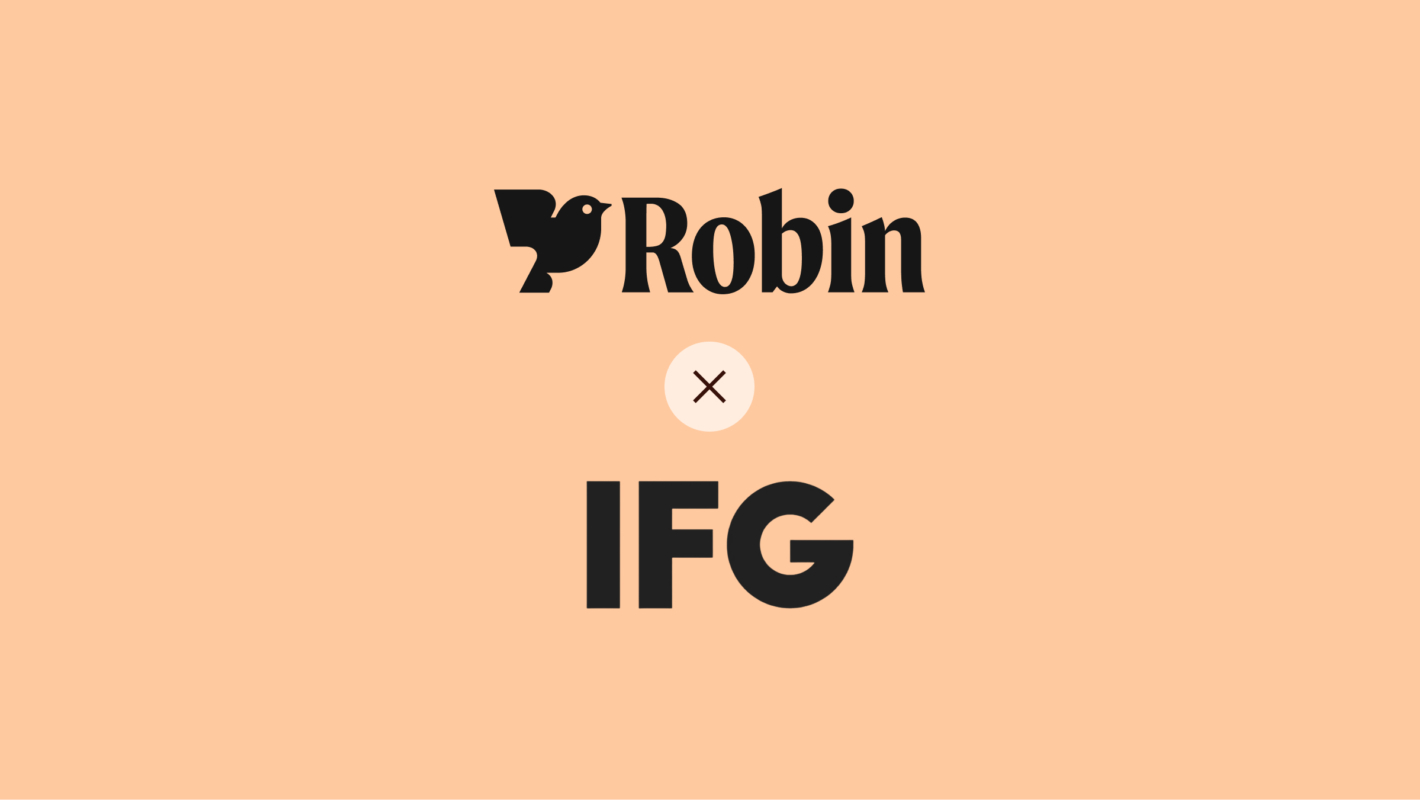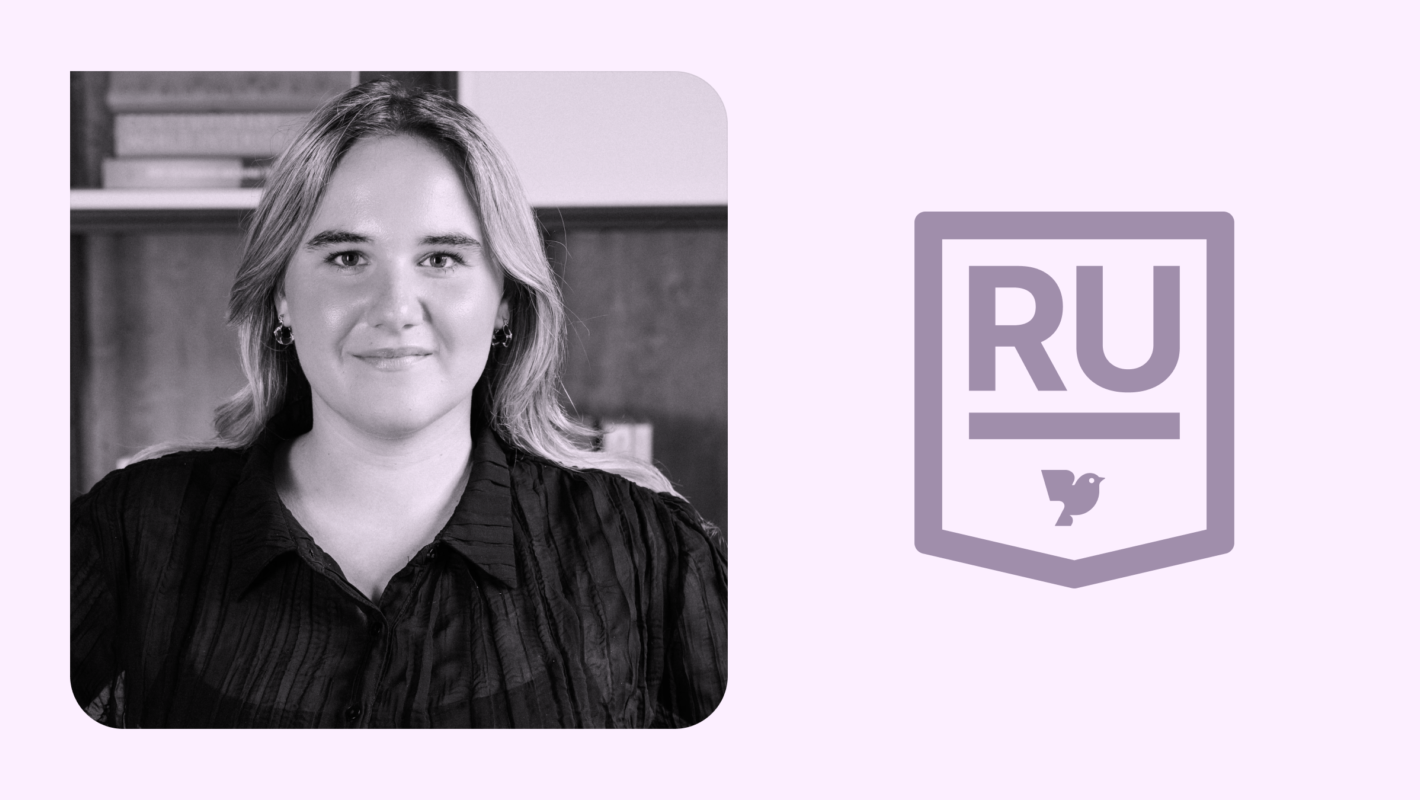Use case: Speed up investor DDQ turnaround
August 15, 2025
The DDQ challenge in Private Equity
Due diligence questionnaires represent a resource-intensive process in private equity fundraising. When institutional investors evaluate potential fund commitments, they request comprehensive DDQs covering everything from investment philosophy to ESG frameworks. These documents, potentially running hundreds of questions, require legal and compliance teams to excavate information from across their document repository—previous DDQ responses, fund documentation, and internal policies.
The burden extends beyond simple information gathering. Teams must ensure consistency across responses whilst adapting to each investor's unique phrasing and priorities. A question about key person provisions might appear in five different forms across five different DDQs, yet the response must remain substantively consistent whilst addressing each investor's specific angle. This manual process typically consumes weeks of specialist time, creating bottlenecks during critical fundraising periods and diverting senior professionals from strategic work.
Robin Chat changes how teams approach DDQ responses by transforming disparate document repositories into an intelligent, queryable knowledge base. Instead of manually searching through troves of documents to compile answers, teams can simply ask Robin natural questions and receive comprehensive, citation-backed responses drawn from their entire document library.
How to complete DDQs with Robin
Step 1: Upload your documents
Begin by uploading your reference documents (previously completed DDQs, fund documents, internal policies) to Robin's platform. These documents can be the baseline for contract comparison.
Use Robin's properties permission groups to organise and easily resurface these reference materials. Users can create dedicated groups for 'Fund X DDQs' and 'Internal Policies'.
Step 2: Create a workspace with all relevant documents
Head to Workspaces section and create a new Chat. Rename the workspace for ease of future reference.
Select ‘Add Documents’ and select all relevant documents you wish to leverage in formulating DDQ responses.
Step 3: Chat and analyse
Begin conversing with Robin to analyse the document set. For instance, when faced with a question about valuation procedures, you might prompt Robin with: "How have we previously described our portfolio company valuation methodology, including frequency of valuations and third-party involvement?"
What information will Robin return?
Robin analyses your selected documents and provides a comprehensive response, drawing from multiple sources to create a complete picture. The system's ability to synthesise information from multiple sources becomes particularly valuable when responding to complex, multi-part questions. Rather than manually compiling information from various documents, Robin can integrate details from fund materials and previous DDQ responses into a coherent, comprehensive answer.
Step 3: Human-in-the-loop review and analysis
Every answer includes clickable citations, allowing users to verify the source material and see the full document it is in reference to.
What’s the importance of citations in Robin?
Clickable citation ensures users can quickly confirm that responses align with reference materials whilst appropriately adapting language to the current context.
Robin's citation system serves as more than mere source verification. Reviewing citations empowers users to apply their knowledge and drafting expertise. Legal counsel can evaluate whether cited precedents from previous DDQs remain compliant with current regulatory frameworks. They may discover that a 2024 response about data protection practices needs updating to reflect recent regulatory changes or that fund terms referenced in earlier DDQs have been amended.
Similarly, investor relation professionals can assess whether the cited sources align with the specific investor's profile and concerns. A citation to a response originally crafted for a US pension fund might provide a helpful start, but require adaptation for a European investor with different regulatory constraints and concerns. The ability to trace Robin's reasoning through its citations enables professionals to identify which answers are ready-to-go and those requiring modification.
Step 4: Collaborate and refine
DDQ completion typically involves multiple stakeholders—legal, compliance, investor relations, and portfolio teams. Robin's workspace system facilitates this collaboration by allowing team members to share chat sessions, building upon each other's queries and refining responses collectively. A compliance officer might begin by extracting regulatory information, whilst the legal team adds nuances about fund structure, all within the same workspace.
Prompting Tips for DDQs
Input the specific DDQ question you want answered
Robin is designed for legal and investor document analysis, meaning users needn’t request for legal/techhnical analysis in your prompts. Simply provide context or pertinent details, and Robin will apply the appropriate legal precision and analysis.
"A European pension fund is requesting information about our portfolio valuation methodology - extract information that enables a response to the following: [DDQ question]”
Provide investor context
Present DDQ questions with strategic context about the investor and their specific concerns or requirements. This helps Robin tailor responses to address the investor's particular priorities and risk profile.
"A sovereign wealth fund has expressed particular concern about ESG governance - extract all relevant information to support answering the following: [DDQ Question]"
Request direct quotations for consistency
When looking for direct quotes, explicitly instruct Robin to quote text in its response. This ensures precise alignment with your firm's standard language whilst leveraging clickable citations for further context.
"Quote directly from our previous DDQ responses to similar questions about key person provisions and incorporate exact language from our standard management continuity description"
Leverage Robin's contextual understanding
Robin recognises when similar concepts are phrased differently across various DDQs. Instead of searching for exact terminology matches, query broadly using related terms to capture all relevant information from your document repository.
"Summarise our latest responses in relation to key persons, management changes, and team continuity"
Build reusable prompt templates
Create standardised prompt structures that can be adapted for different topics and investors. These templates accelerate the drafting process and ensure consistent, high-quality responses across your DDQ completion workflow.
"A [investor type] is requesting information on [topic]. Draft a response to the following question: [DDQ Question]"
A measurable return on investment
What previously required days or weeks of manual document drafting can now take hours of intelligent querying and professional verification. Legal, fundraising, and compliance teams simultaneously improve speed and response quality through clear reference to materials. More importantly, this efficiency allows in-house resources to focus on substantive strategic considerations: tailoring responses to specific investor concerns, addressing complex regulatory intersections, and ensuring responses reflect current market conditions and fund performance.
Robin's Chat system accelerates DDQ completion and creates an opportunity to showcase your firm’s sophisticated operations. By maintaining a living repository of institutional knowledge that can be queried intelligently and reviewed by in-house professionals, firms can respond to investor inquiries with both speed and sophistication, accelerating fundraising timelines whilst strengthening investor relationships through thoughtful responses.

